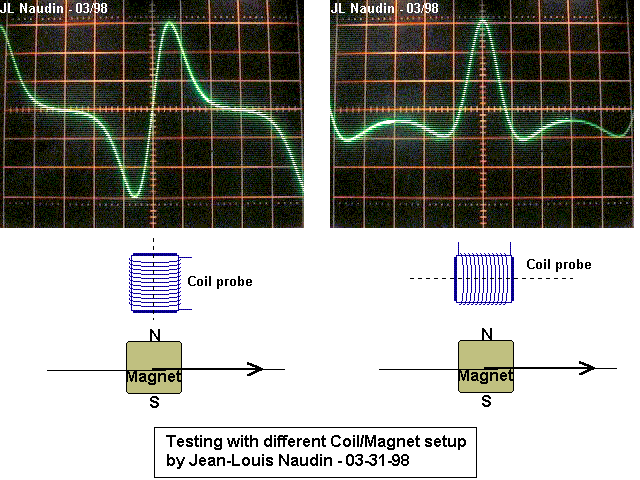Originally posted by broli
View Post
If you answered to me that, would you mind giving some more explanation, you lost me... sorry.
Thanks, Gyula




 That was just my lucky intuition, probably my mind trying to find the easy way out of constructing a synchronized mechanical oscillator
That was just my lucky intuition, probably my mind trying to find the easy way out of constructing a synchronized mechanical oscillator 
 .
.
Comment